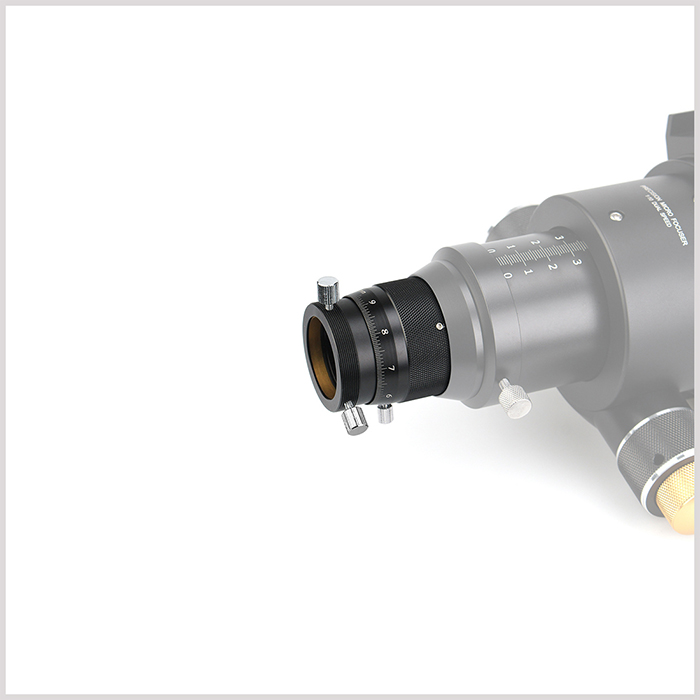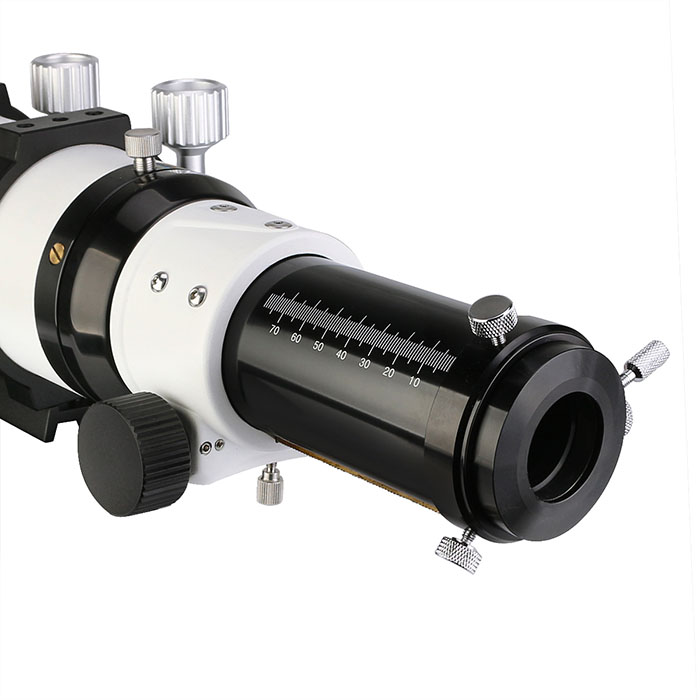Blog
Table of Contents

Focuser 101
For all those days, we have collected many feedbacks about the image issue, most of them were led by a bad focus. There is no doubt that a nice and neat focuser will improve the experience a lot and helps you more into this hobby, so it could be a big upgrade to your gear. In this blog, I want to share some basic knowledge of focuser, hope that could be helpful to all of you guys.
Helical focuser
This kind of focuser can give a very smooth movement, also works very well to accomplish fine focusing. Basically, it is focused on the rotation of a ring, just check our SV161. There are two types in the market and both of them work the same way. One is with the simplest type, the eyepiece or camera rotates as the focus is changed, while the other is more complex, the orientation of the eyepiece or camera will not change. I also learned a common application which is to connect this focuser to the rear of a Schmidt-Cassegrain telescope, the approximate focus is obtained by movement of the primary mirror, and then the precise focus is reached with the use of the helical focuser. I don’t have a Schmidt-Cassegrain so I don’t how’s it feels, anyone who is experienced, let me hear you.

Rack and pinion focuser
This is a very common and simple design, works well for visual applications. However, some low-quality ones could suffer from stiffness and backlash. The former can result from the gear and teeth of the system being too tight or just from poor quality grease that failed to lubricate the system. Some backlash is inherent in the design, and sometimes the gears just bind. Also, you can still find some very high-quality ones like Helical track rack and pinion focuser, it provides a smooth movement with significantly reduced backlash. Nowadays, helical rack and pinion focusers are replacing Crayford focusers on many o refractors. But hold on a second, what is a Crayford focuser?

Crayford focuser
Crayford might dominate the focuser market for quite a long time and they could be found on basically all refractors. Here is some history of this legend focuser: the Crayford focuser was invented by John Wall, a member of the Crayford Manor House Astronomical Society. Crayford focusers are considered superior to entry-level rack and pinion focusers. Instead of the rack and pinion, they have a smooth spring-loaded shaft that holds the focus tube against four opposing bearing surfaces and controls its movement. Crayford began to be popular for providing precise focusing with no gear slop or backlash.
No matter what focuser do you have, there is always a learning curve, the only way to get into this hobby is to practice.

There are no customer reviews yet . Leave a Reply !